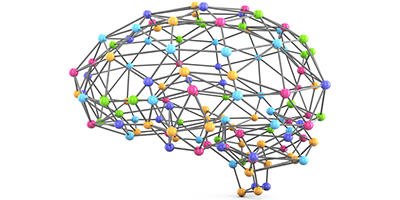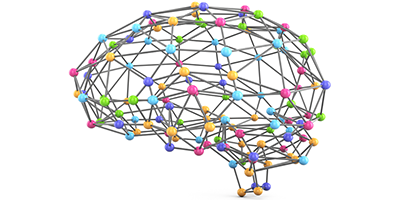Picking the Brain
The activity of the human brain is both “localized” and “delocalized.” On a local level, different functions (e.g., vision) are associated with specific regions of the brain—a view supported by studies of the effects of local brain injuries. But the brain is also a “small-world” network, in which each part is only a few neural connections away from any other part: any local response is integrated into a global perception affecting the entire brain activity. Current brain models attempt to capture this dual nature by choosing, within a global network, a small set of local “regions of interest” (ROIs): the most active brain areas that need to be modeled to capture the behavior of the entire brain, for instance, during the execution of a specific task.
Such ROIs are typically picked in an empirical way (e.g., based on functional-magnetic-resonance-imaging observations of correlated fluctuations in brain activity) but the work of Peter Robinson at the University of Sydney, Australia, reported in Physical Review E, suggests a more systematic approach. The author analyzes a set of equations that describe neural response based on certain sensory input stimuli and on a neural connectivity matrix. Using techniques similar to those that relate spatially extended and localized eigenstates in quantum mechanics, he shows that the complex dynamics can be reduced to a representation based on sampling a few dominant eigenmodes at localized points (the ROIs). The results explain why the dynamics at the ROIs alone provide a good approximation of brain behavior and suggest a way to select ROIs on a first-principles basis, which may lead to better brain models. – Matteo Rini





